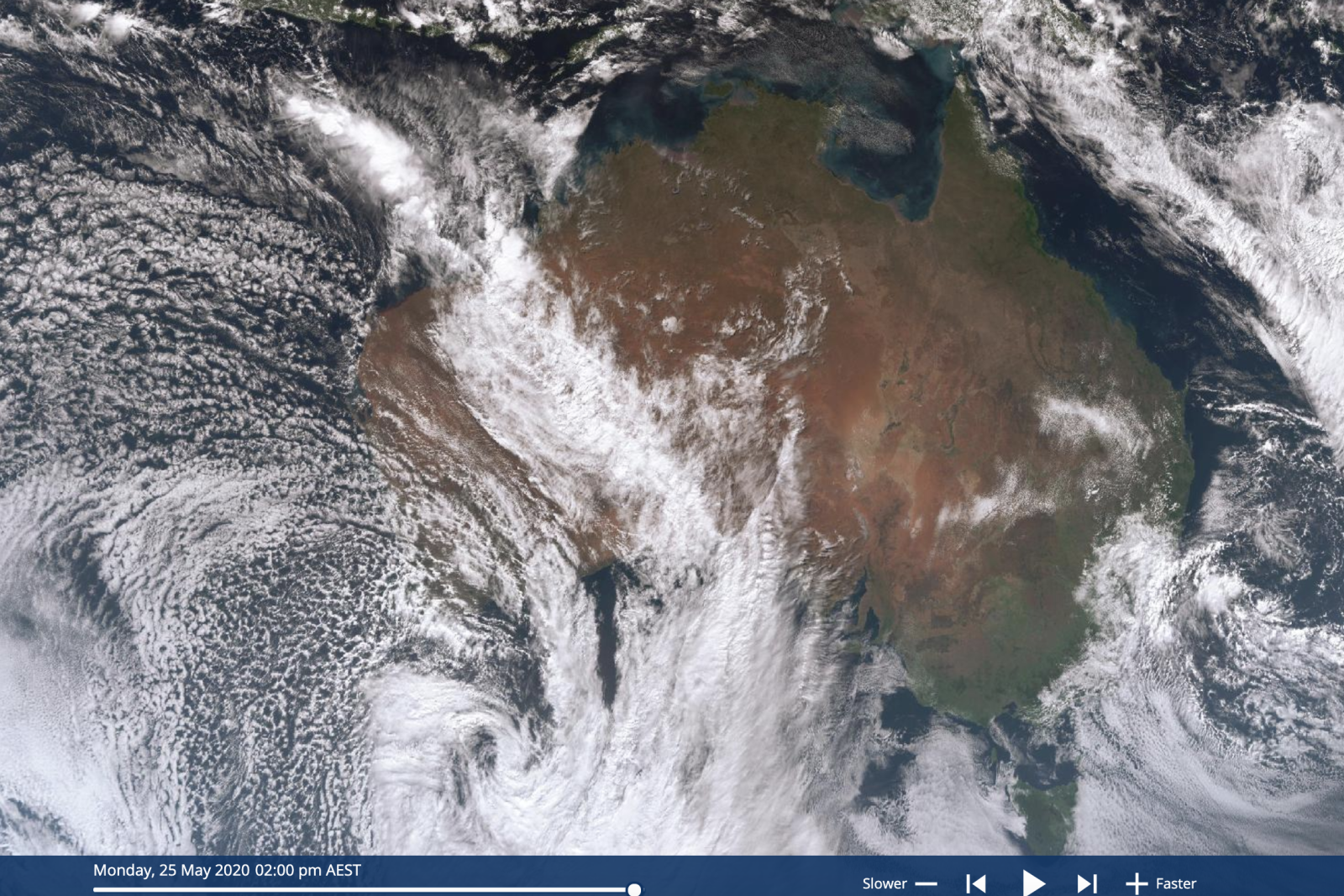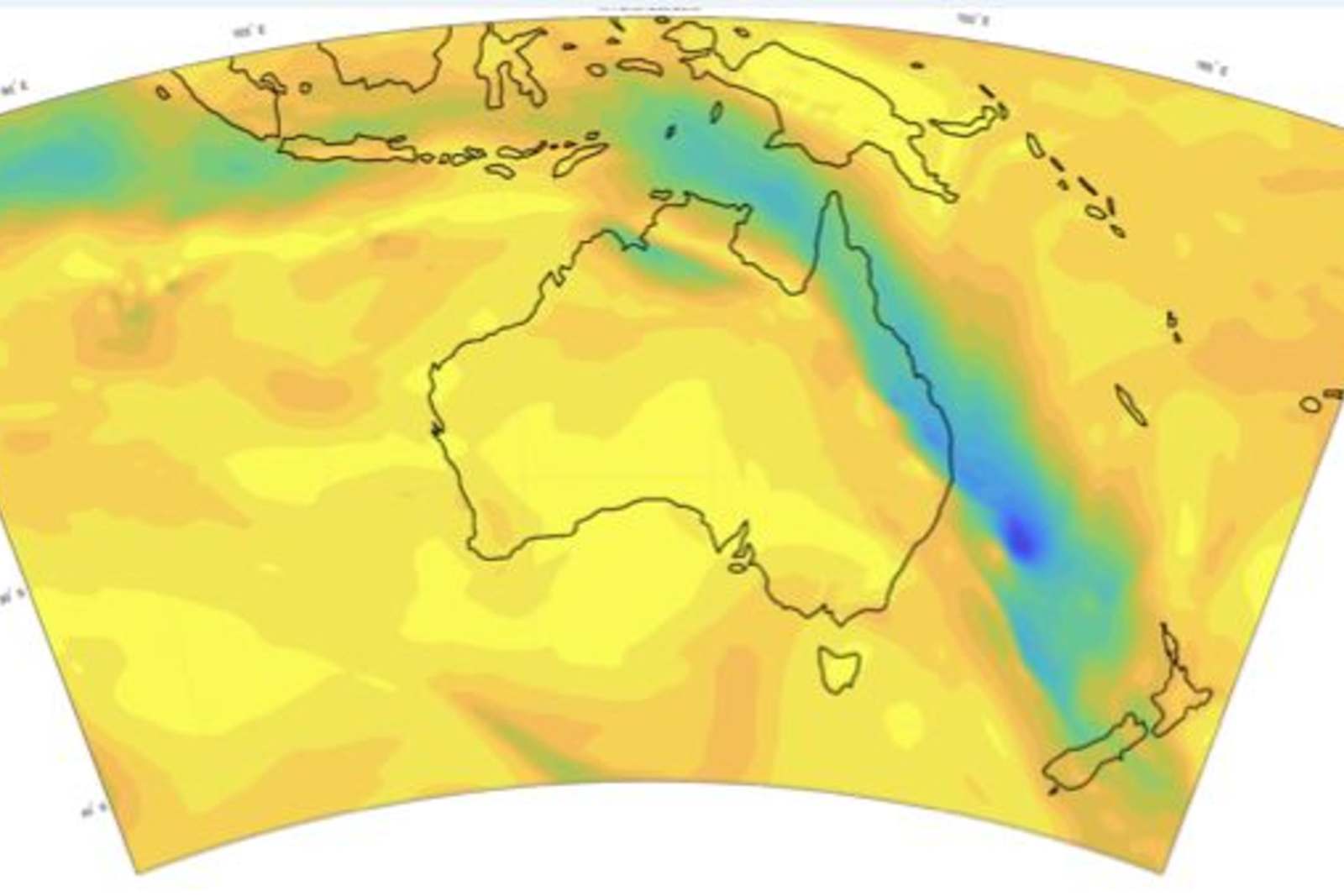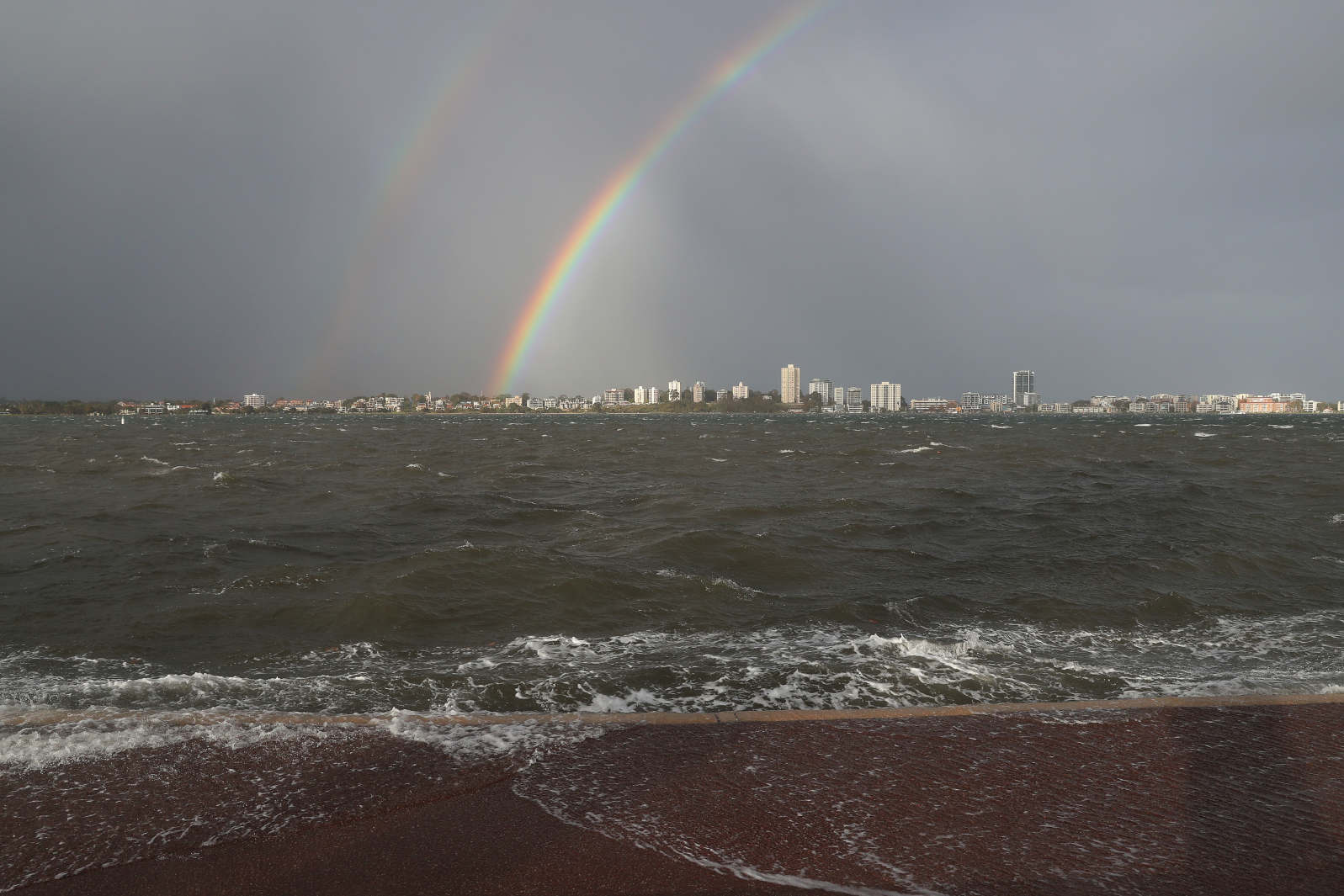'Atmospheric river' 2000km long wallops Western Australia, heads east
by Peter HannamThe once-in-a-decade storm battering and soaking large areas off Western Australia sourced much of its moisture from a so-called "atmospheric river" that continues to head eastwards.
Such airborne rivers, which often form out of cyclones, are characterised by narrow but concentrated corridors of moisture that can dump huge amounts of rainfall over short periods of time. The events have been tracked in the northern hemisphere since the 1990s and are sometimes dubbed "pineapple express" storms.

Kimberley Reid, a PhD candidate studying atmospheric rivers for her dissertation, said the tempest over WA "very likely" had the characteristics of such storms.
Among the features are the relatively low altitude strong winds, reaching sustained averages of 148km/h to 185km/h at about 1.5 kilometres above the surface. The narrow band of moisture stretching as far as 2000 kilometres formed out of ex-cyclone Mangga, Ms Reid said.
Most of the study had focused on the northern hemisphere, particularly California, where such rivers regularly dumped high rainfall as the moisture hits the mountain ranges along the US west coast.
"We think they are more frequent than we first thought" for Australia as well, Ms Reid said.
At ground level, the wind speeds have reached 132 km/hour at Cape Leeuwin, on the south-west coast of WA, the Bureau of Meteorology said.
In that region, rainfall totals have topped 50 millimetres, while parts of the Pilbara, normally dry at this time of year, had clocked up 30mm to 50mm, the bureau said.
The ferocity of the event came as the atmospheric river interacted with a deep low pressure system off the state's south.
Australia has been hit by other powerful rivers in recent years, including a storm that struck much of the east of Queensland just after Boxing Day, 2010, Ms Reid said.

Ms Reid said climate models indicated that the intensity and frequency of atmospheric rivers would increase in a warming world. "That's because there's more moisture available," Ms Reid said, noting that the physics of the atmosphere allowed it to hold about 1 per cent more moisture per degree of warming.
Globally, temperatures have warmed more than 1 degree since pre-industrial times. The bureau puts the temperature for Australia at about 1.4 degrees higher over the past century.

Steven Sherwood, a professor of atmospheric climate dynamics at the University of NSW, said the reference to the "pineapple express" came from the funnelling of airborne moisture from Hawaii to parts of the US that often didn't collect much rain.
The challenge, though, was often distinguishing such "rivers" from "good old-fashioned fronts".
An active area of climate research was also to understand how the transport of moisture from tropical areas to mid-latitude region would change in a warming world, Professor Sherwood said.